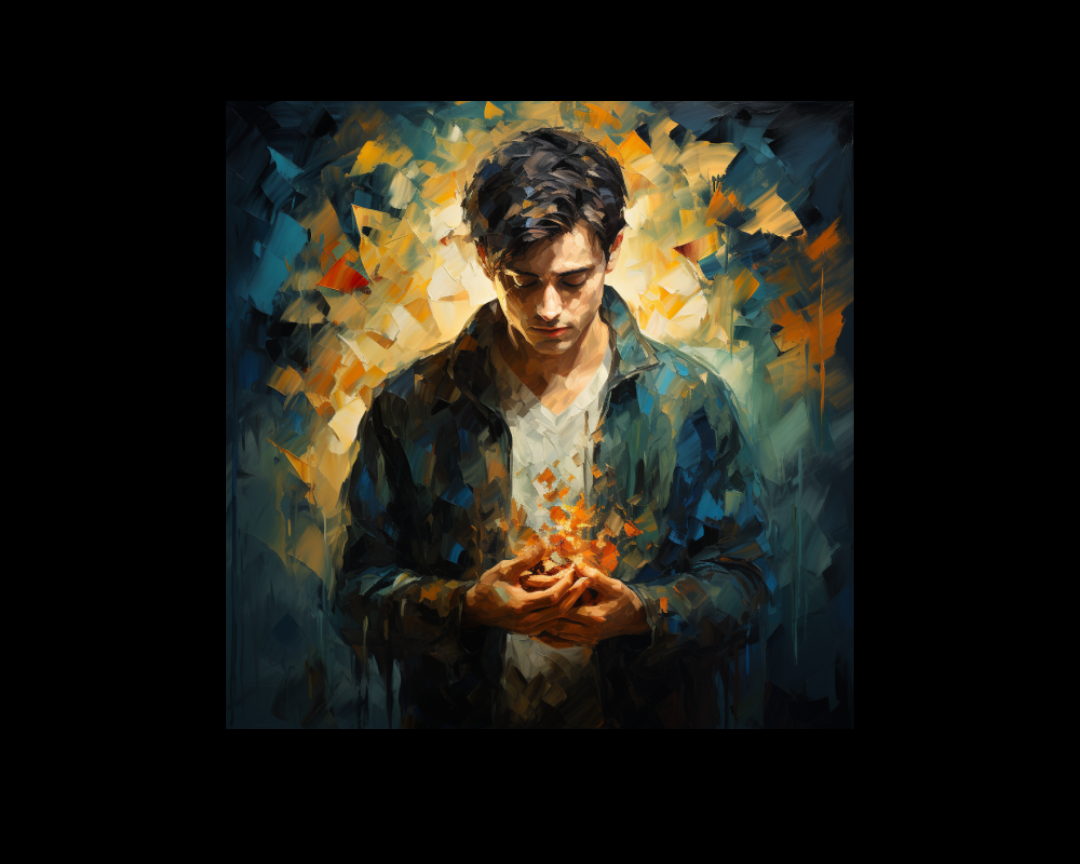Building the Ensemble: Crafting Compelling Characters in Stories
Unlocking the Magic of Character Dynamics
2 min read
 Writing Team
:
Aug 11, 2023 5:00:59 PM
Writing Team
:
Aug 11, 2023 5:00:59 PM

Epistolary narratives, a storytelling technique that unfolds through the exchange of letters, emails, diaries, or other written forms, offer a unique and captivating way to engage readers.
This literary approach immerses audiences into characters' personal thoughts, emotions, and experiences, creating a more intimate connection.
In this article, we'll introduce you to the art of epistolary narratives, explore examples from various works of fiction, and provide prompts to help writers master this distinctive form of storytelling.
Epistolary narratives provide a glimpse into characters' inner worlds, offering an authentic and unfiltered view of their thoughts, fears, and desires.
By using letters, emails, diary entries, and other written forms, authors can create an intimate connection between characters and readers. This technique also allows for multiple perspectives and a deep exploration of character development.
You've read epistolary novels before.
Here are some that will ring a bell:
The novel is a compilation of letters, journal entries, and newspaper articles that piece together the story of Count Dracula's invasion of England.
The novel unfolds through letters written by Celie, the protagonist, which provide insights into her struggles, triumphs, and growth.
The narrative is framed as letters from Captain Walton to his sister, recounting his interactions with Victor Frankenstein and the creature he creates.
The story is told through letters written by the protagonist, Eva, addressing her estranged husband about their son's violent actions.
The novel is presented as letters written by the main character, Charlie, to an anonymous friend, revealing his experiences and emotions.
So, what does it take to write this way? A few components.
Each character's voice should be distinct in their writing style, tone, and vocabulary, reflecting their personality and emotions.
Plan a clear narrative arc that progresses through the letters, emails, or diary entries, ensuring the story unfolds naturally.
The immediacy of the medium lends authenticity to the narrative. Characters can express their emotions in real-time, making readers feel intimately connected.
Use the format to reveal key information gradually, building tension and curiosity as readers piece together the puzzle.
Utilize multiple characters' perspectives to provide a well-rounded view of the story's events and conflicts.
Here are some prompts to get your creative juices flowing.
Write a series of letters exchanged between two characters who haven't seen each other in years. Explore how their relationship has changed over time.
Create a story where two characters find and exchange each other's diaries, revealing secrets they've never shared.
Craft a narrative entirely through email exchanges between colleagues who become unlikely friends.
Write a series of letters from a soldier to their loved ones during a historical event, capturing the emotions and challenges of the time.
Develop a story using postcards sent between travelers who meet briefly but profoundly impact each other's lives.
Epistolary narratives offer a captivating and intimate way to tell stories. By using letters, emails, diaries, or other written forms, writers can delve into characters' minds and emotions while creating a rich and engaging narrative experience. Using this technique, you can create stories that resonate deeply with readers and leave a lasting impact.
%20(1).png)
Unlocking the Magic of Character Dynamics

What exactly does meaning entail in the realm of storytelling? When can a narrative be deemed meaningful?
%20(1).png)
Stories are captivating because characters frequently find themselves confronted with a myriad of challenges.